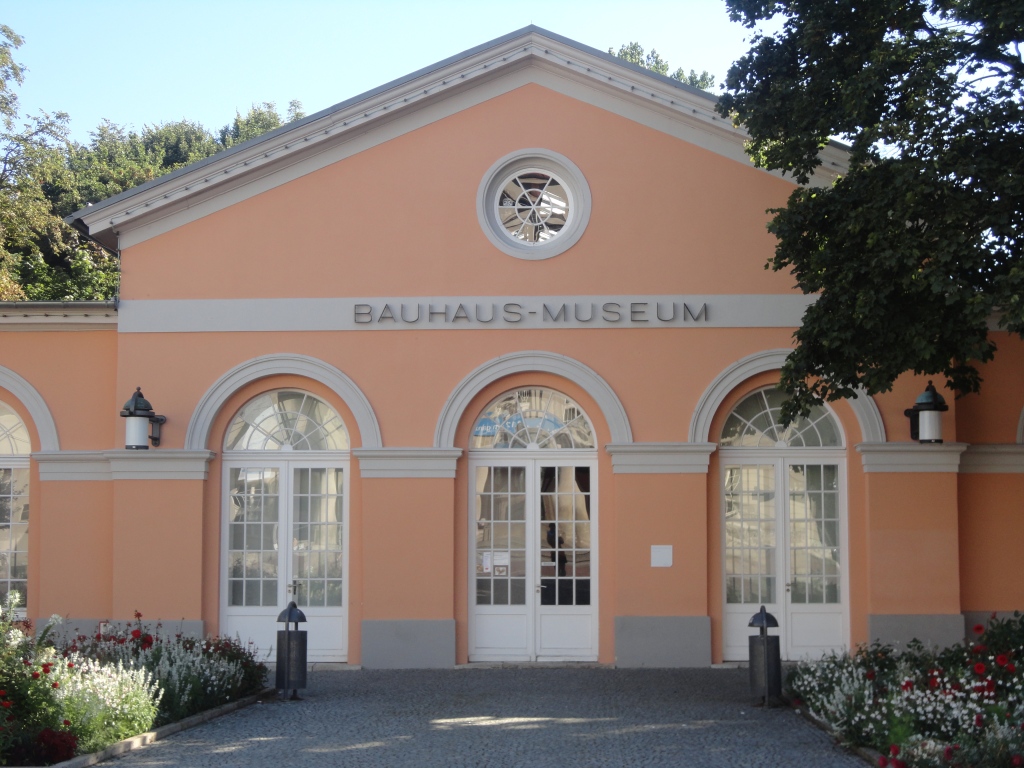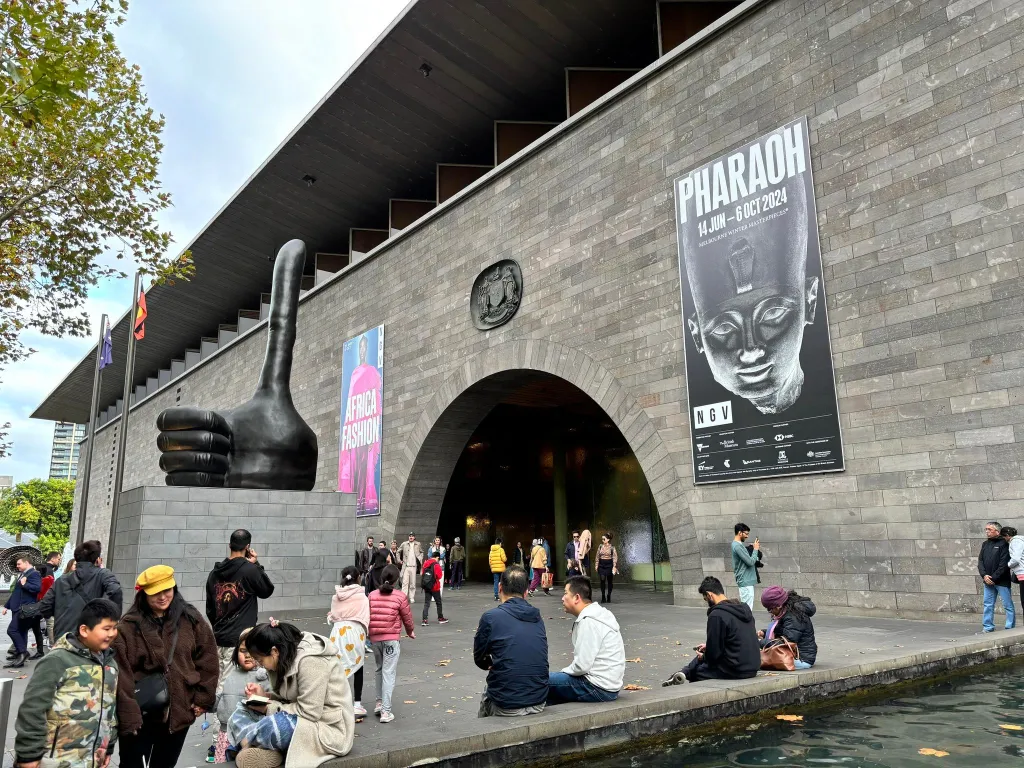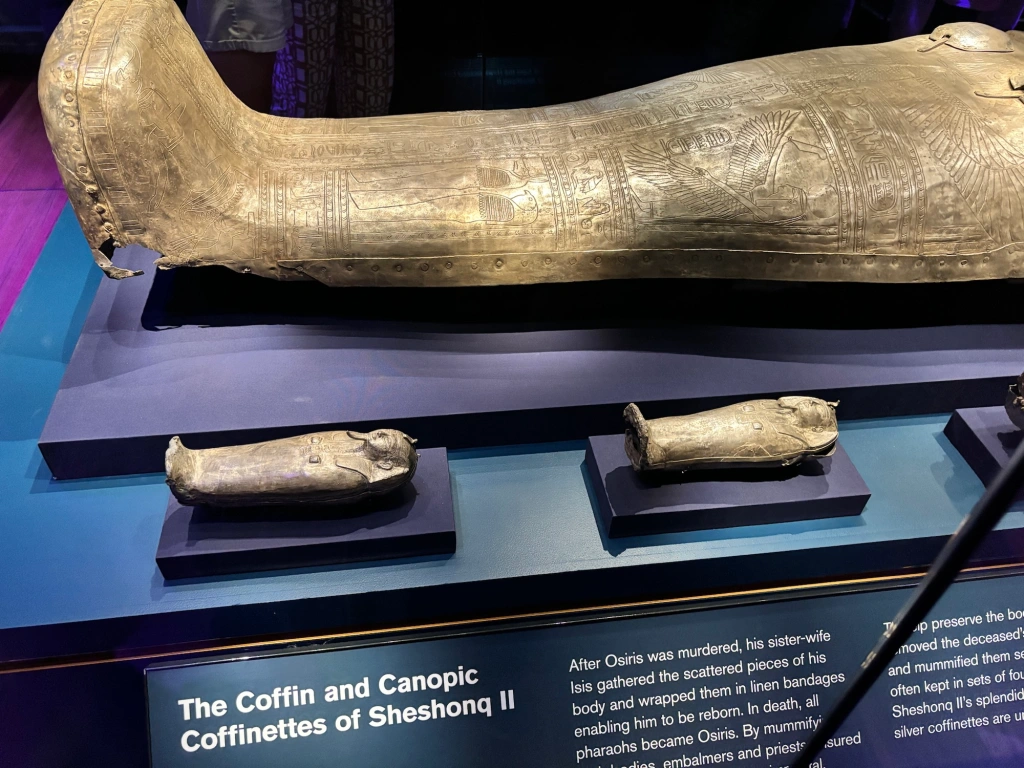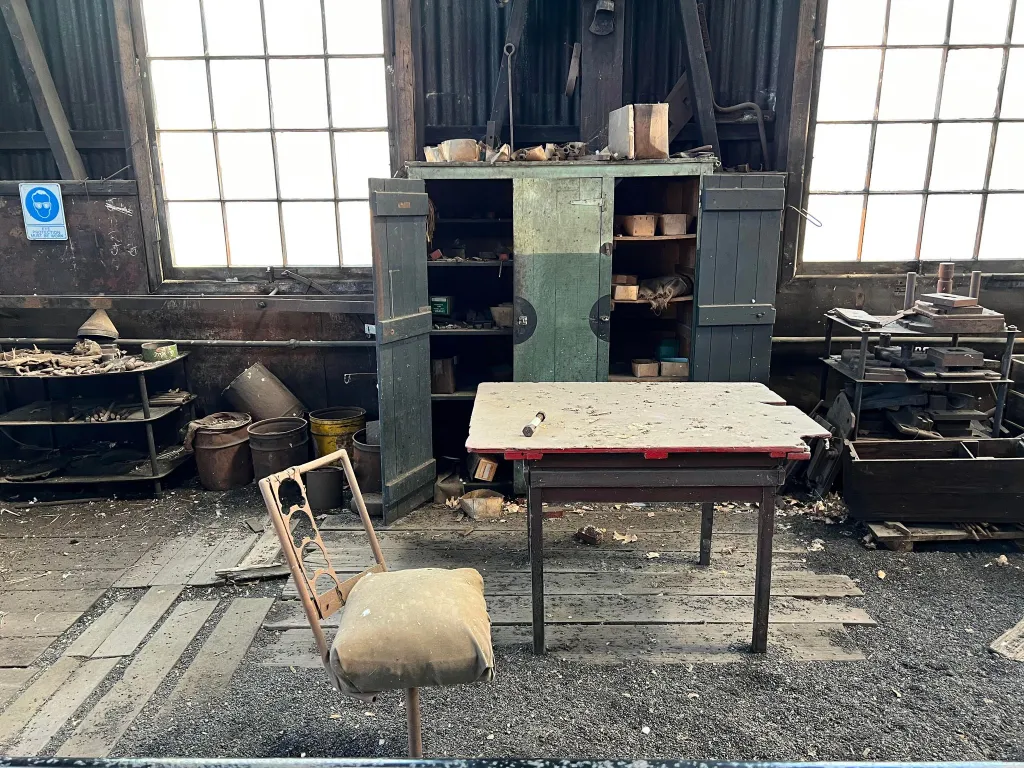2019 marks 100 years of Bauhaus. The word Bauhaus literally translates in English to ‘construction house’. Bauhaus wasn’t just a school for the arts that strived to combine all disciplines of the arts in one place, it was a modern art movement. As an institution, it operated in three German cities – Weimar (1919 to 1925), Dessau (1925 to 1932) and Berlin (1932 to 1933). The Bauhaus institution was eventually closed in Berlin by the Nazi Party due to their disagreement with the ‘leftist’ curriculum being taught. Although only operating as a school for 14 years, the legacy of Bauhaus has continued to permeate almost every facet of art and design to this day. This is primarily due to its overarching aim of combining fine art with functional design.
To celebrate, I am going to write three blog posts throughout the year on my time spent in each of the three Bauhaus centres. First up is Weimar. Rather than focus on what Bauhaus-related activities are available, I’m going to give a more broad overview of the various museums and heritage sites on offer. This will, of course, include anything to do with Bauhaus.
It’s also worth mentioning that to celebrate this year, there are a wide variety of activities and new museum openings happening at the three sites. This website is a great guide to what’s on. Also, make sure to follow the hashtag #CelebratingBauhaus on social media to join in on the fun. I am going to be absolutely glued to this hashtag all year.
Weimar Museums & Heritage
Apart from Berlin, which will forever have my heart, Weimar is my favourite city in Germany. It is an absolute centre of German culture and government and a fantastic place to dig deeper into German Romanticism. It is where playwrights and poets such as Goethe and Schiller lived and also where the Weimar Republic, German constitutional democracy of 1919, was formed. It is also a location of sorrow with Buchenwald Concentration Camp only a short bus ride away. I first visited Weimar because of my love of Bauhaus. Instead, I found that Bauhaus was the cherry on top of what is truly a beautiful city.
Weimar is incredibly easy to walk around. This is great because it means all the museums and heritage sites are at your fingertips. Here is what you can see and do! I also want to say that you should get to the end of this post and be absolutely mesmerized by how one city can absolutely win at pastel-coloured buildings.
1. Bauhaus Museum, Theater Square
This museum closed in 2018 to make way for a brand new museum opening in April 2019. I cannot wait to return and see the new museum, but, I am really glad I had the opportunity to see the old one. Considering the contents are being transferred, I can confidently say that the new museum is going to be filled with treasures. Some of the earliest sketches and course notes are amongst thousands of other objects that are sure to leave you feeling Bauhaus-fulfilled.
Out of all the Bauhaus-related museums and sites I’ve visited, this one has probably been the most informative. Some of the objects are currently travelling to other sites in Weimar to ensure that there is still some Bauhaus offerings prior to the new museum opening.

2. Herzogin Anna Amalia Bibliothek
I have already written at length about how much I love this library. If you would like more information, or to see a snippet of video from Beauty and the Beast, you can read my blog post here.

3. Goethes Gartenhaus
If you are looking for a tranquil and peaceful break from the city centre then travel to the UNESCO World Heritage Site, Goethes Gartenhaus. From 1776 until 1782, Goethe called this little house home. It was listed as a World Heritage Site due to its testimony to the cultural epoch of Weimar Classic and the role Weimar played as an intellectual centre in the late 18th and early 19th century.
Johann Wolfgang von Goethe was essentially a writer and statesman. In his spare time he also named a bone in his hand and wrote extensively on botany, anatomy and colour. The dynamite team of Goethe, Schiller (who I’ll write about later) and Anna Amalia most definitely put Weimar on the map. I’ve also included a photograph of the Goethe and Schiller statue that stands in Theater Square outside Weimar’s major theatre.
Goethes Gartenhaus
Park an der Ilm
Open:
27 October – 30 March
Tuesday – Sunday: 10 am to 4 pm
31 March – 26 October
Tuesday – Sunday: 10 am to 6 pm
Entrance:
Adults 6,50 € | Discount 5,00 € | School Kid (16-20 years) 2,50 €
Youth under 16 years free
Audioguide available


4. Goethe Residence
Goethe lived in this house from 1782 until his death in 1832. It is essentially a house museum where you can learn everything you could want to know about Goethe and the cultural context of Weimar during this period. Well worth visiting.
Goethe National Museum
Frauenplan 1
Open:
27 October – 30 March
Tuesday – Sunday: 9.30 am to 4 pm
31 March – 26 October
Tuesday – Sunday: 9.30 am to 6 pm
Entrance:
Adults 12,50 € | Discount 9,00 € | School Kid (16-20 years) 4,00 €
Youth under 16 years free
Audioguide available

5. Schiller Residence
Similar to Goethe, Fredrich Schiller was a bit of everything from poet to physician. While on the tour of his residence, I heard about his philsophy for meeting with people. If someone bored him within the first five minutes they were kicked out. If that isn’t my 2019 mood I don’t know what is.
Similar to Goethe’s Residence, this is a house museum where you can walk through and learn about the life and times of Schiller. I would highly recommend visiting both, there isn’t a great deal of overlap.
Schiller Residence
Schillerstraße 12
Open:
27 October – 30 March
Tuesday – Sunday: 9.30 am to 4 pm
31 March – 26 October
Tuesday – Sunday: 9.30 am to 6 pm
Entrance:
Adults 8,00 € | Discount 6,50 € | School Kid (16-20 years) 3,00 €
Youth under 16 years free
Audioguide available

6. Castle Museum
When I visited, the Castle Museum was undergoing significant restoration. I’ve discovered that it is closed from July 2018 to the end of 2021. Still, if you are planning to visit post-2021, add this to your list. The castle was built for the Duke of Saxe-Weimar-Eisenach circa end of the 10th century. Periods of restoration have been ongoing since 1424 in an effort to stablise the building. In 1923, it was transformed into a museum documenting the history of royalty in Weimar. Composers such as Johann Sebastian Bach worked in the chapel to compose their music and Goethe himself oversaw a reconstruction in 1789.

7. Buchenwald Concentration Camp
There is no denying that a trip to Buchenwald Concentration Camp is harrowing. After spending a bit of time on the bus driving through thick forest which seems virtually inhabitable, you arrive at a large area of clearing. Buchenwald was one of the largest concentration camps in Germany primarily housing political prisoners, later Jewish prisoners. Apart from forced labour, it was also a camp for medical experiments where prisoners were injected with typhus, typhoid, cholera and diphtheria just to see how they would react and whether or not they could be cured.
This history is truly difficult to write about, but, a visit to Buchenwald is an eye-opening experience that will ensure this period of history is never repeated or forgotten.

I have really just skimmed the surface of the museums and heritage to see in Weimar. Other museums include the Haus Am Horn, Liszt House, Neues Museum Weimar, Nietzsche Archive and Carriage Museum in Auerstedt.
I hope this post encourages you to even momentarily think about a visit to Weimar if you ever find yourself in Germany.








Leave a comment